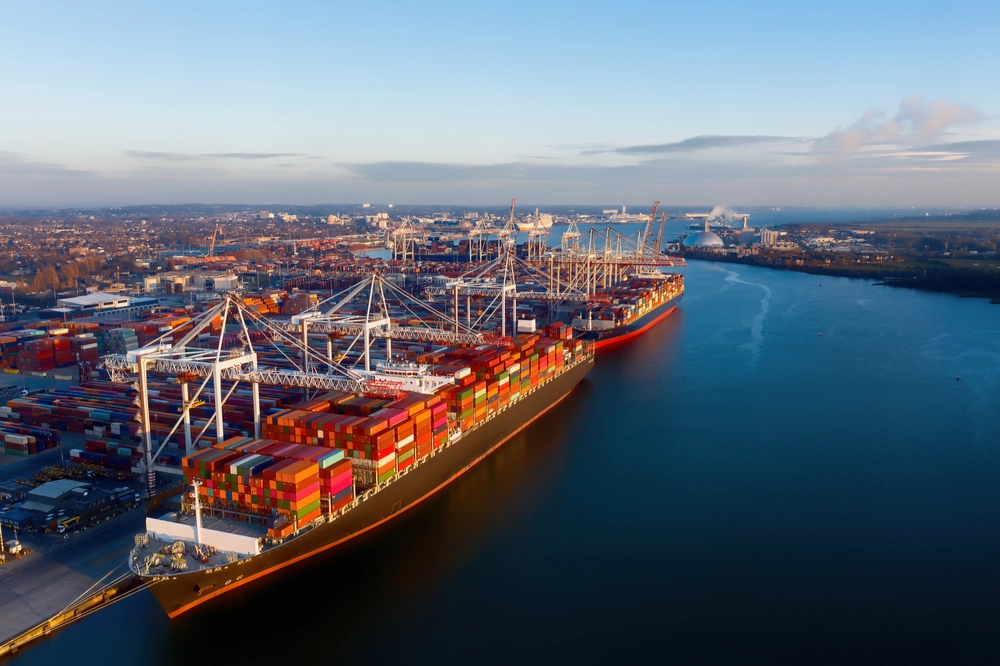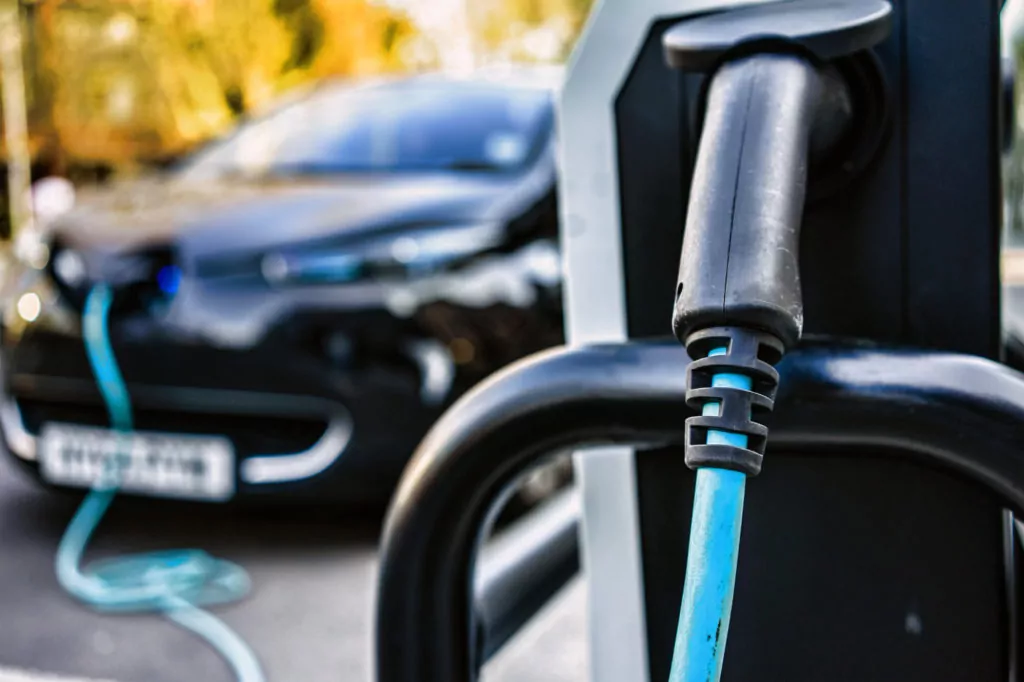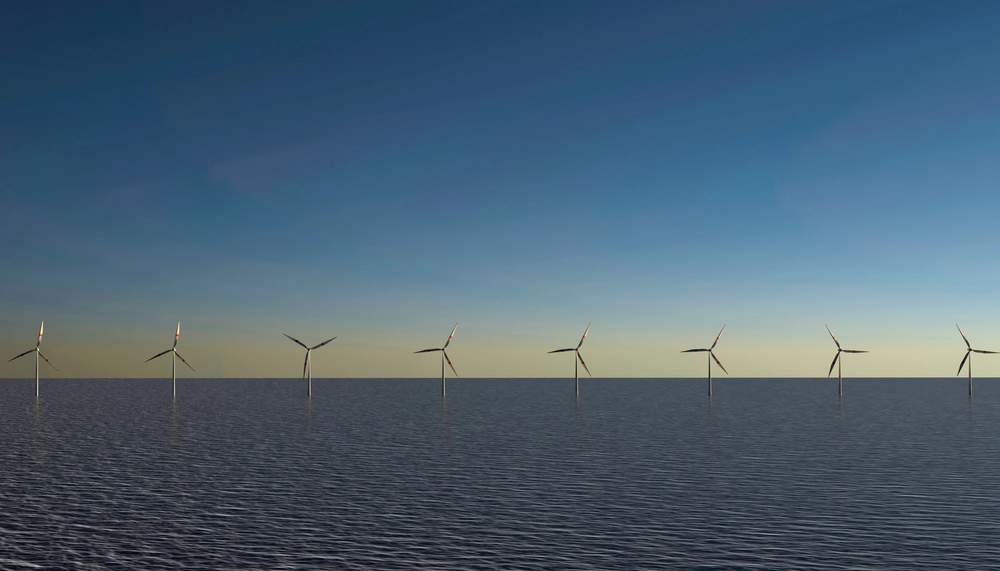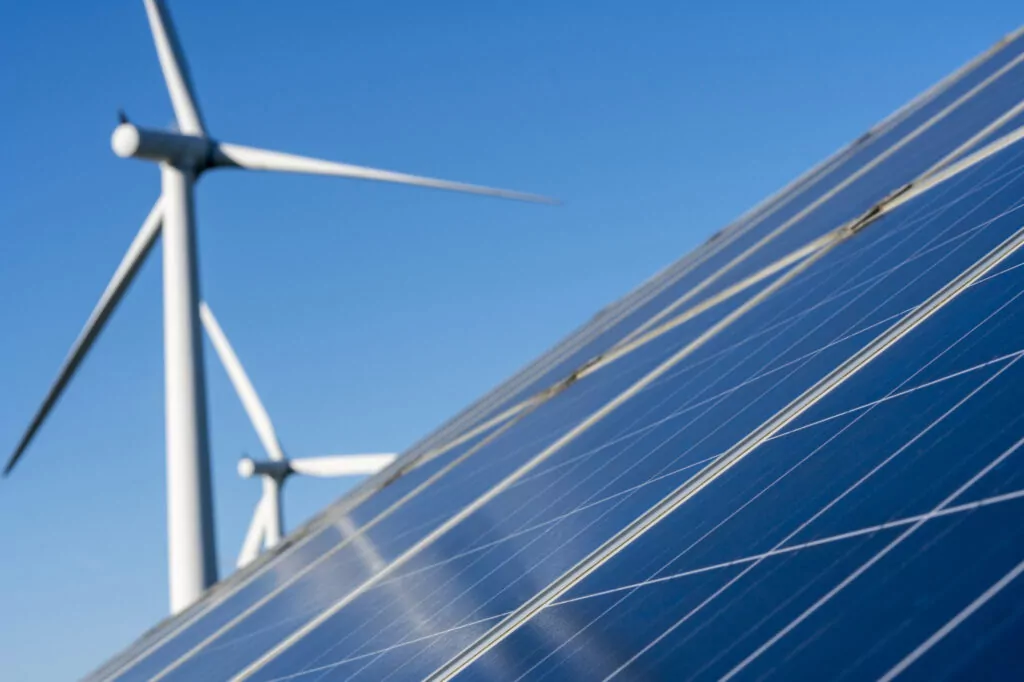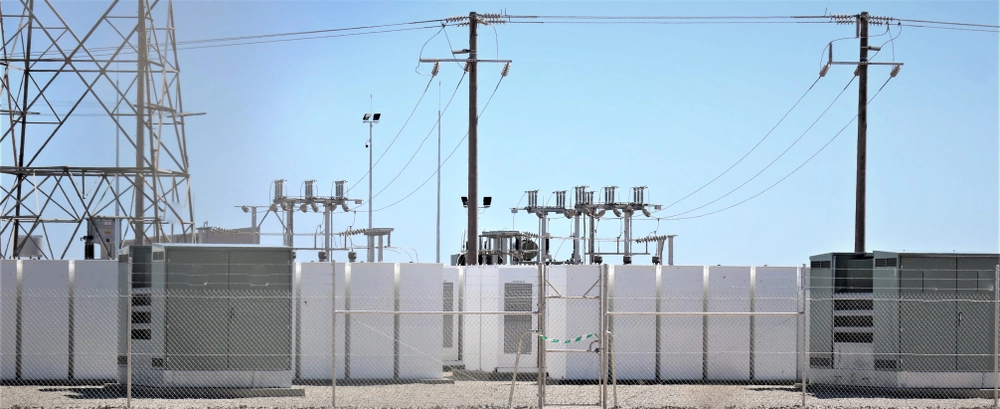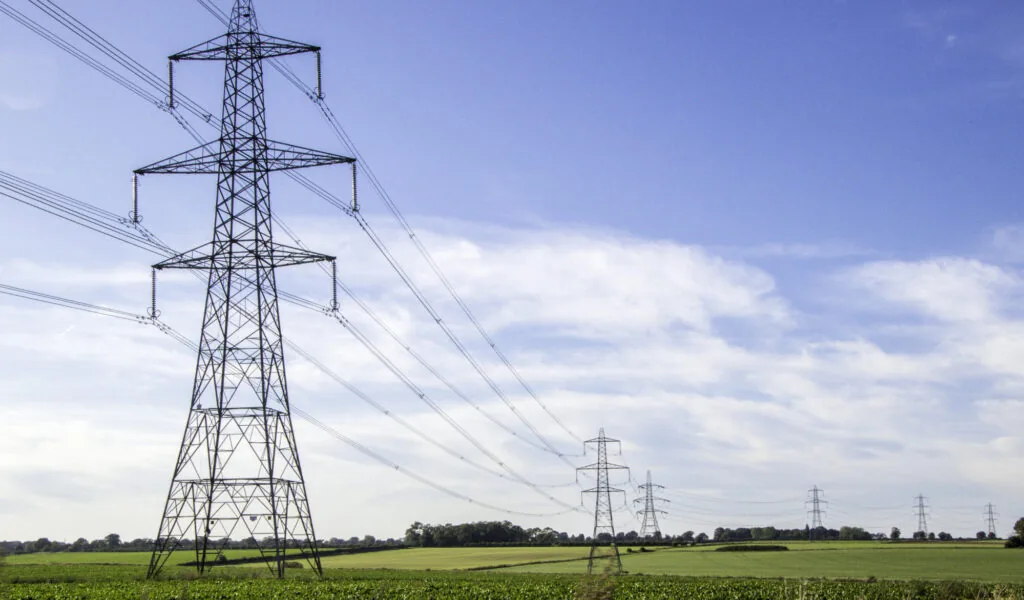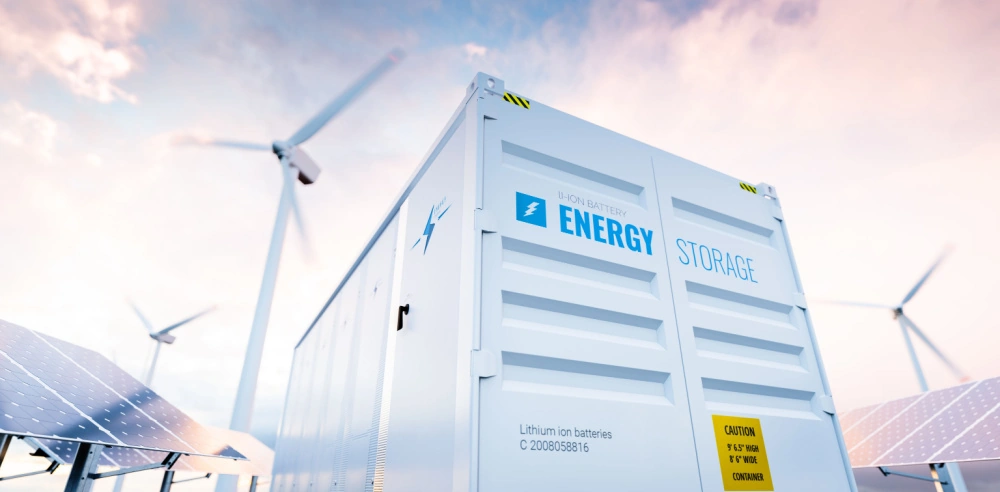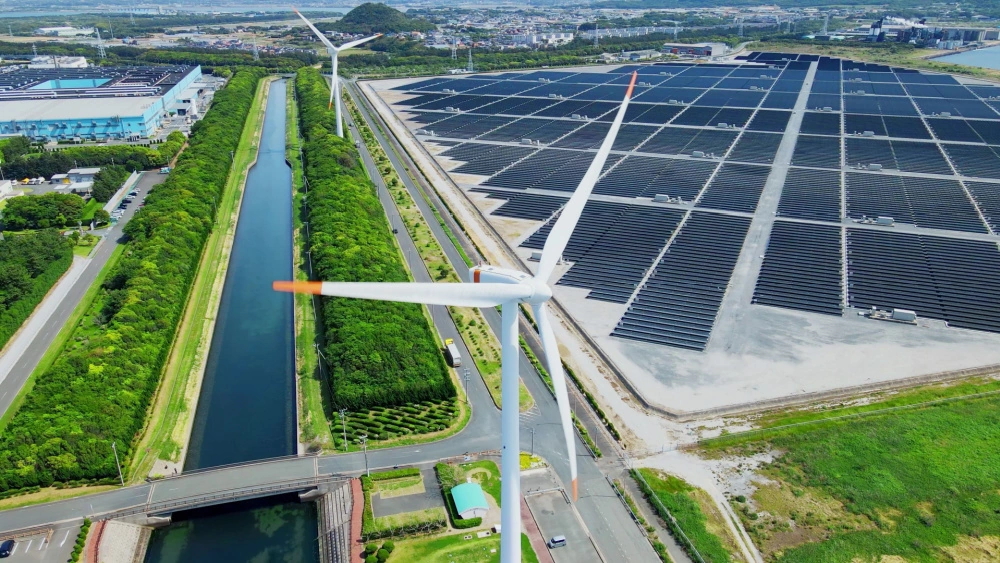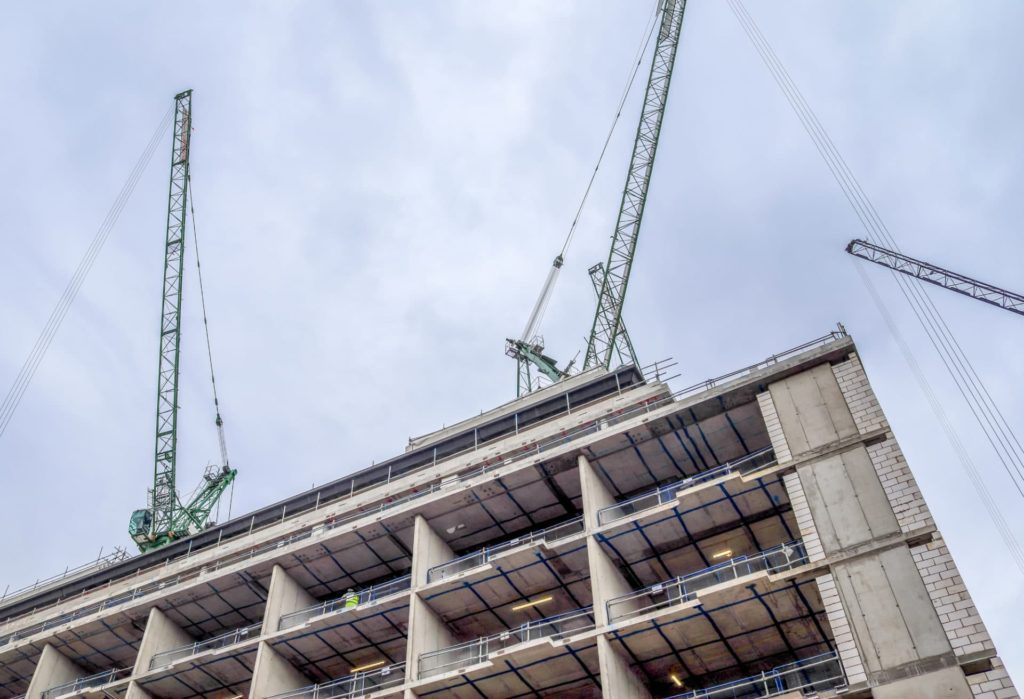
Green hydrogen: Can Labour deliver on plans to double production?

By Aliki Zeri, Mark Greatholder, Shauna McGinn
6 Nov 2024 | 6 minute read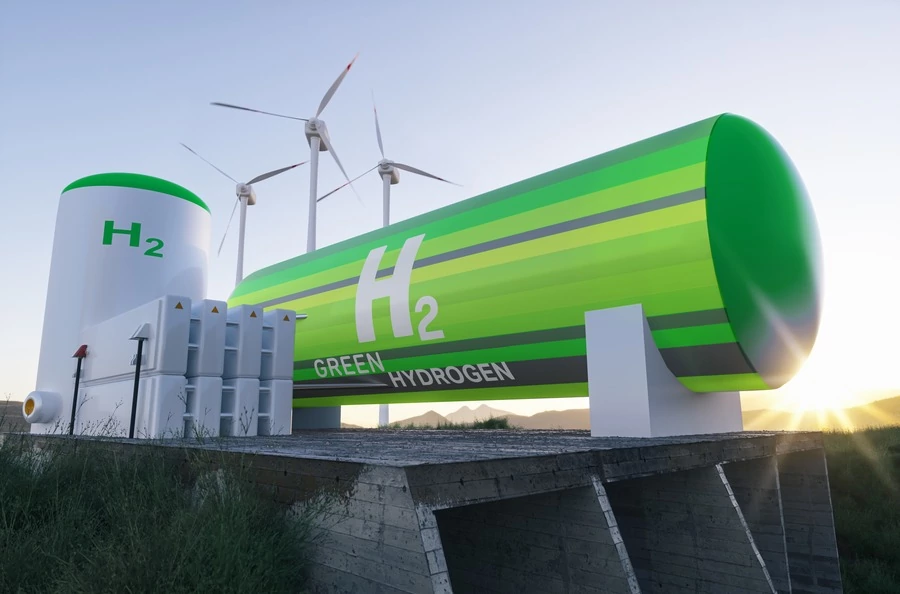
Green hydrogen is becoming a critical component in the global drive toward a net-zero economy. The UK Labour Party has unveiled plans to double the nation's green hydrogen production target by 2030, marking a significant step in the country’s climate strategy. The Clean Power 2030 Plan, published on 5 November 2024, recognises the need for the deployment of "first of a kind clean dispatchable technologies, such as carbon capture and storage and hydrogen to power" and this is likely to enhance investor confidence in the technology and its role.
This article will summarise the UK’s progress in increasing green hydrogen production, Labour's ambitious targets, and the challenges that stand in the way of achieving them.
Labour’s green hydrogen plans
Labour’s green hydrogen plans The previous government set a target of producing 5 GW of energy from low-carbon hydrogen by 2030. The new Labour government has committed to doubling this goal, to 10GW of energy coming from electrolytic hydrogen by 2030 This strategy envisions green hydrogen playing a pivotal role in decarbonising sectors such as steel, aviation, and heavy industry, which are harder to electrify using conventional renewable energy sources
Green hydrogen today
While green hydrogen holds promise, the deployment of electrolytic hydrogen projects remains slow. According to the Hydrogen Council, by early 2023, only 6 gigawatts (GW) of electrolyser capacity had been developed globally, with just 1.1 GW of that operational. The UK contributes only 10 megawatts (MW) of green and blue hydrogen, mostly from small-scale pilot projects. However, on 1 October 2024, energy infrastructure operator, Statera Energy, unveiled plans for Kintore Hydrogen; the UK’s first large-scale green hydrogen project in Aberdeenshire. The first phase is set to deliver 500 MW of capacity by 2028, with a potential of reaching 3 GW once fully operational. This could reduce carbon dioxide emissions by up to 1.4 million tonnes annually.
Despite these developments, there is still a long way to go. The International Energy Agency (IEA) estimates that to reach net zero by 2050, the world will need 550 GW of electrolyser capacity by 2030 - a five-hundredfold increase over current levels. For Britain, which aims to hit net zero by 2050, green hydrogen capacity must rapidly scale.
Second hydrogen allocation round
The first Hydrogen Allocation Round (HAR1) anticipates that the successful projects, spanning eight regions in England, Scotland and Wales, will be operational from 2025. The projects include an upfront private capital investment of £413 million between 2024-2026, which is expected to generate approximately 760 direct jobs during construction and operation.
The UK’s ambitious subsidy of £9.49 ($12.44) per kilogram for green hydrogen production, announced in December 2023, remains one of the most attractive funding packages globally, covering 11 projects with a combined 125MW of electrolyser capacity.
Although developers face challenges due to rising project costs and uncertainties around factors like site conditions and offtake agreements since applications were submitted two years ago, industry experts at the recent "Investing in Green Hydrogen" conference held by Gas Infrastructure Europe in September 2024 expressed cautious optimism that these projects will advance to construction. Unlike other countries where bids are submitted later in development, the UK’s early-stage bidding approach has helped filter projects through a comprehensive government-led assessment process, ensuring that only the most viable candidates remain.
In the Autumn Budget 2024, the Government committed £2bn for the funding of the 11 shortlisted projects. The expectation is that the Low Carbon Contract Company will shortly be issuing the final Low Carbon Hydrogen Agreement to project promoters for signature.
Applications for the second Hydrogen Allocation Round (HAR2) have now closed and the government expects to finalise the shortlisting in Autumn 2024. Round 2 looks to allocate support for 875MW of low carbon hydrogen with projects becoming operational between 2026 and 2029.
Challenges Facing Green Hydrogen following HAR1
Whilst the generous subsidies provided by the first Hydrogen Allocation Round (HAR1) provide promise, significant challenges remain. We had originally highlighted these challenges in our 2022 article.
Large-scale hydrogen production requires extensive facilities, storage, and transport networks and whilst the UK’s geography positions it favourably for hydrogen, there are still technical hurdles when it comes to storage. As hydrogen consists of small, unstable molecules that must be stored at extremely low temperatures to be kept in a liquid-state, the infrastructure required for storing and transporting hydrogen is expensive and complex.
A consultation on the proposed structure of a 'Hydrogen Transport Business Model' ran between 14 December 2023 and 1 February 2024. The results of the consultation are yet to be published. Until a robust, wide-reaching network of transport and storage of hydrogen has been developed, the focus is likely to remain on industrial clusters and ports, where the deployment of hydrolytic hydrogen onshore can support the offshore wind industry.
Another substantial challenge is cost. The production of green hydrogen in the UK is currently more than three times as expensive as the production of blue or grey hydrogen, primarily due to the high cost of renewable energy. The UK’s renewable infrastructure is not yet robust enough to support efficient, large-scale green hydrogen production, which raises overall project costs and risks for developers. Funding gaps further complicate progress. Although £240 million from the UK’s Net Zero Hydrogen Fund has been allocated, industry experts note that it falls short of the massive investment needed to build and integrate hydrogen infrastructure.
While the recently launched National Wealth Fund, which will dedicate at least £5.8 billion to clean energy, is a positive development, the lack of consumer incentives for green hydrogen adoption remains a concern. As Protium CEO Christopher Jackson highlighted, without stronger tax or policy incentives to encourage industries to transition from natural gas to hydrogen, market uptake may lag.
Hydrogen for heating
Any strategic decision on the use of hydrogen for heating is not expected until 2026. Pending such decisions, a hydrogen town pilot has been paused. The Labour Government appears to place focus on increasing the deployment of heat pumps and the Autumn Budget has included £5.8 million of government funding to develop pilot heat network zones, with developments beginning in 2026. The funding will be shared between six developments (two of which are in London).
Hydrogen Certification Scheme
The previous Government conducted a consultation on the UK Low Carbon Hydrogen Certification Scheme which sought to introduce a UK-wide, voluntary certification scheme in 2025 to verify hydrogen producers' compliance with the Low Carbon Hydrogen Standard.
The government's response in October 2023 confirmed that the scheme will initially be voluntary to standardize the hydrogen market, with the Low Carbon Contracts Company managing certification and issuance. Certificates will be issued in MWh (HHV) to align with the Hydrogen Production Business Model and will include essential emissions data and a label indicating Low Carbon Hydrogen Standard ("LCHS") compliance. Mandatory data fields will include critical LCHS information, like emissions intensity, while keeping reporting requirements concise; voluntary data fields will be reviewed for potential inclusion as the scheme adapts for international alignment, particularly for EU exports. Producers must report emissions data monthly per consignment and undergo annual audits, with certificates issued monthly to minimize redundant reporting.
While the previous government committed to launching the hydrogen certification scheme in 2025 as part of the British Energy Security Strategy, it remains to be seen if the new Labour government will move forward with these plans.
Conclusion: The future of green hydrogen in the UK
Despite significant challenges relating to infrastructure, cost and incentives, the industry remains cautiously optimistic about Labour’s ambitious plan to double green hydrogen production by 2030. The Kintore Hydrogen project and other pilot initiatives mark important progress, though far more private investment and government support will be needed to meet the UK’s targets. As the UK moves towards 2030, the significance of green hydrogen's role in the energy transition will depend on how quickly these obstacles can be overcome. With strategic planning, investment, and innovation, green hydrogen could become a cornerstone of the UK's net-zero economy, helping to decarbonise industries that are otherwise difficult to electrify.
Our dedicated clean energy team can advise you on the rapidly-changing regulatory landscape and schemes available. We are continually engaging in discussions with stakeholders in this field and can help clients navigate entering the green hydrogen market. Get in touch with our team if you would like more information or to discuss the potential impact of the above on your project or proposal.







